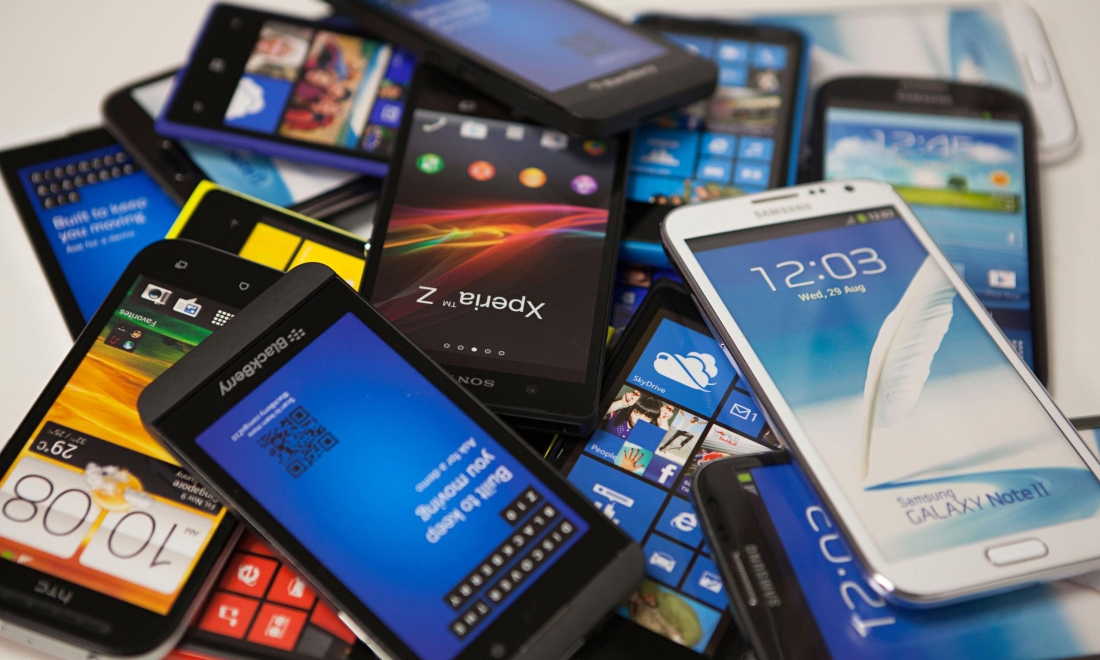
This problem isn’t a new one for technology products, but it is for smartphones.
After a long, powerful run, the smartphone market is starting to peak. In the US, the market is likely to be flat or even modestly down either this year or next. In the fast-growing China market, they’ve already experienced year-over-year smartphone shipment declines in the first quarter of this year. On a worldwide basis, growth is still expected to occur in 2016 but forecasts have now been reduced to single digit levels.
Many of the recent news stories on the topic point to market saturation, particularly in regions like the US, Western Europe, and China, where smartphones have become ubiquitous. But the problem is actually much deeper—people are starting to hold onto their phones longer, extending the lifetimes of the devices.
In a recent survey of over 3,000 consumers across five countries (US, UK, Germany, Brazil and China) conducted by TECHnalysis Research, consumers said they expected to replace their smartphones every 1.8 years. On the surface, that seems fine and is probably in line with what people have done in the past. In response to the same question about notebook PCs, people said they expected to replace those devices every 2.5 years.
In reality, however, notebook PC replacements occur closer to 5 years. In other words, people clearly aren’t good at estimating how long they plan to keep a device. To be fair, I don’t think smartphone replacement times will be double the 1.8-year lifecycle they responded with, but I am certain they will be longer. That is the crux of the challenge for the smartphone market.
As we saw first with PCs and then with tablets, once a market reaches the saturation point, future growth becomes nearly completely dependent on refresh rates and lifecycle—how quickly (or not) you choose to upgrade what you have.
As we saw first with PCs and then with tablets, once a market reaches the saturation point, future growth becomes nearly completely dependent on refresh rates and lifecycle.
In the case of smartphones, there are a number of key developments triggering these longer lifetimes. Here in the US, the gradual disappearance of subsidies from the carriers has been a big factor but, in many other parts of the world, there have never been subsidies and people have always had to pay full price for their smartphones. In those markets, and now in the US as well, the bigger issue has been a slowing down of major innovation as smartphones have matured and reached a level of quality and capability that satisfies most people’s needs.
To be clear, I’m not saying there isn’t any innovation going on in smartphones—there clearly is—but once people get a 5” or larger HD display, a good quality camera, lots of storage, speedy network connections, and access to millions of applications and services, most people think their phone is “good enough.” Larger displays in particular have been a key factor in reaching this point and Apple, though they were late to the party, clearly benefited handsomely once they entered the larger phone market with the iPhone 6 and 6 Plus.
Moving forward, it’s going to be much harder to provide the kind of clearly better innovations that are going to make people feel the need to upgrade. In fact, that’s part of the reason I believe carriers, as well as companies like Apple, are creating and strongly pushing programs that enable you to upgrade on a regular basis. Many of these companies are concerned you won’t otherwise upgrade frequently (or at least at a rate they would prefer). Interestingly, early reports on these upgrade programs suggest a reasonable number of people are signing up for them but crucially, not many people have actually turned in their existing phones for new ones. Apparently, many people see these programs almost as a type of insurance they can use if or when they choose to.
The problem isn’t just hardware, either. As people start to do more and more with their smartphones, the amount of information on those devices is increasingly tremendous. That, in turn, makes the actual upgrade process from your existing phone to a new one much more complicated than it used to be. Instead of just having to transfer over your names and numbers, you now have photos, music, videos, applications, settings, and much more.
Even if you use a number of cloud-based applications, you still have to deal with logging back into all of them, often with passwords you’ve long since forgotten. Toss in the fact you’ll likely be moving to a new version of an operating system that may or may not “like” the versions of the applications you use and could require a whole range of upgrades and you are far from a friction-free process. It’s not as bad as upgrading to a new PC, but having lived through a smartphone upgrade process somewhat recently, it’s getting pretty close.
Despite these concerns, the smartphone market is impressively strong, with shipments in the range of 1.5 billion a year. But it seems clear we are entering a new era for the industry and the implications of longer smartphone lifetimes are bound to be far-reaching for device makers, component suppliers, app developers, and more. How companies adjust to this new reality of limited growth will be very interesting to watch.
Bob O’Donnell is the founder and chief analyst of TECHnalysis Research, LLC a technology consulting and market research firm. You can follow him on Twitter @bobodtech. This article was originally published on Tech.pinions. Header image credit mobilesiri.com.
https://www.techspot.com/news/63165-smartphone-lifetime-challenge.html